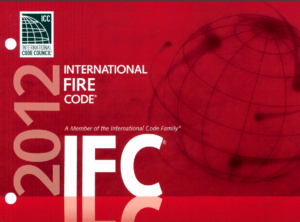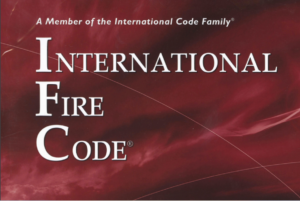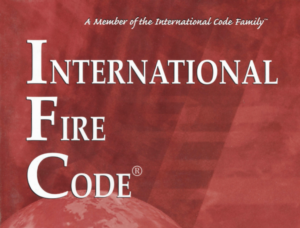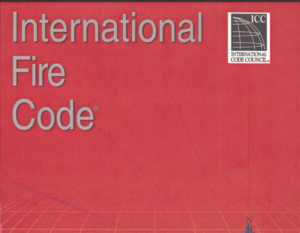The 2004 edition of NFPA 2001, Standard on Clean Agent Fire Extinguishing Systems, outlines the guidelines for the design, installation, operation, and maintenance of systems that use clean agents to extinguish fires. This standard was developed in response to international restrictions on halon fire extinguishing agents, prompted by environmental concerns such as those highlighted by the Montreal Protocol. The goal is to offer alternatives that are effective in suppressing fires without depleting the ozone layer.
NFPA 2001 specifies that clean agents must be electrically non-conducting, leave no residue, and effectively extinguish fires within designated spaces without causing harm to equipment or the environment. The standard covers only total flooding systems and excludes those utilizing carbon dioxide or water.
This document provides comprehensive guidance for professionals responsible for the procurement, design, and implementation of clean agent systems. It emphasizes the importance of adhering to specified concentrations and exposure limits to ensure human safety. For instance, the standard details the maximum exposure times and necessary precautions to avoid adverse health effects from halocarbon and inert gas agents, which must be strictly managed to prevent prolonged exposure.
Significant updates in the 2004 edition include adjustments to system design based on evolving technologies and the introduction of new clean agents. The standard also advises on environmental considerations, stressing the need for systems that minimize ecological impact while providing effective fire suppression.
NFPA 2001 is not a design manual but a framework that requires knowledgeable and experienced engineering judgment to apply its guidelines effectively. It allows for new technologies and methods as long as they meet or exceed the safety levels set by the standard. This flexibility ensures that the standard can adapt to future advancements in fire suppression technologies and environmental safety requirements.






